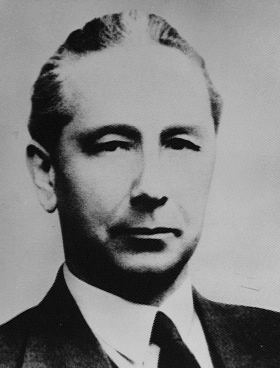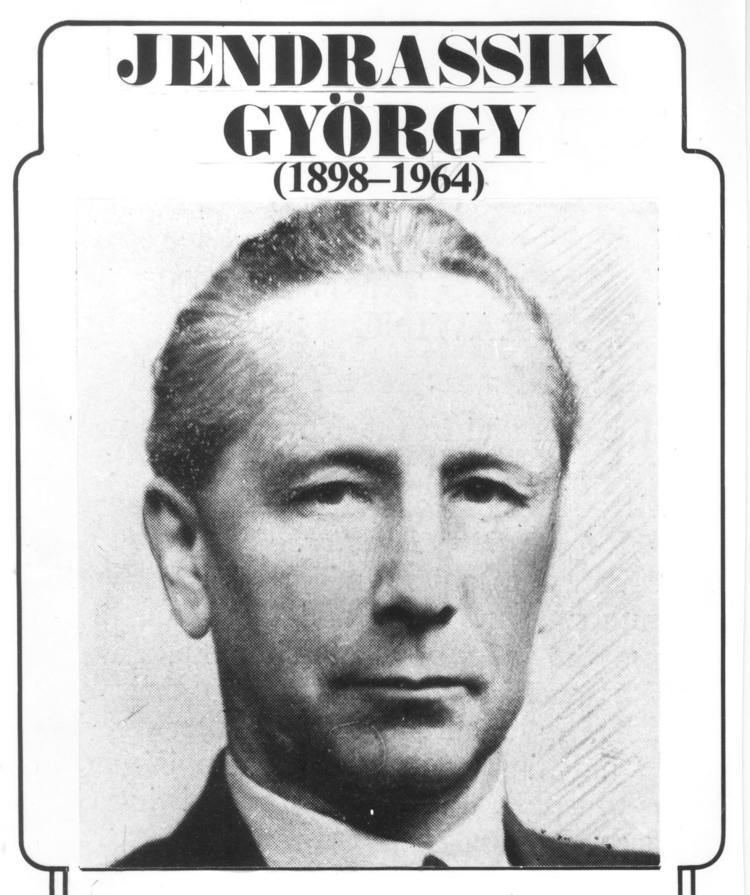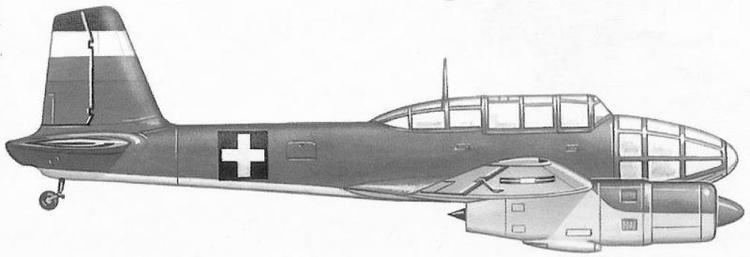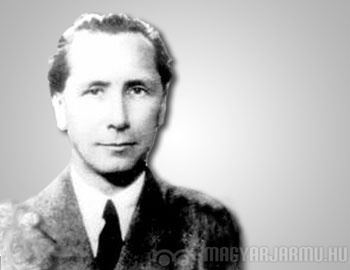Name Gyorgy Jendrassik | Role Physicist | |
 | ||
Died 1954, London, United Kingdom | ||
György Jendrassik (1898 Budapest – 1954 London) was a Hungarian physicist and mechanical engineer.

Jendrassik completed his education at Budapest's József Technical University, then at the University of Berlin attended lectures of the famous physicists Einstein and Planck. In 1922 he obtained his diploma in mechanical engineering in Budapest. From 1927 he worked at Ganz Rt, where he helped to develop diesel engines, of which the first few pieces were made with single and double cylinders; later, the 4- and 6-cylinder four-stroke versions were developed, without compression and with mixing chamber.

Later on he worked on gas turbines and in order to speed up research, he established the Invention Development and Marketing Co. Ltd. in 1936. The next year he ran an experimental gas turbine engine of 100 hp.

He next began work on a turboprop engine, which would emerge as the CS-1 prototype, produced and tested in the Ganz works in Budapest. Of axial-flow design with 15-stage compressor and 7-stage turbine, it incorporated many modern features. With predicted output of 1,000 bhp at 13,500 rpm the Cs-1 stirred interest in the Hungarian aircraft industry with its potential to power a modern generation of high-performance aircraft, and construction was begun of a twin-engined fighter-bomber, the Varga RMI-1 X/H, to be powered by it. Its first bench run took place in 1940, making it the world's first turboprop engine to run. However combustion problems were experienced which limited the output to around 400 bhp. Development was discontinued in 1941 when agreement was reached to manufacture the Daimler-Benz DB 605 engine in Hungary.
Jendrassik's reputation continued to grow, and he became the factory's managing director from 1942 to 1945. In recognition of his scientific work he was elected in 1943 corresponding member of the Hungarian Academy of Sciences. After the war he was not able to continue developing gas turbines. Political distrust surrounded him, and therefore he did not return from one of his travels abroad. He lived in Argentina for a while, then settled in England, where he established his own workshop, becoming in addition a consultant to the Power Jets company. The number of his inventions on record in Hungary is 77. His last invention of great importance was the pressure-compensating device.


